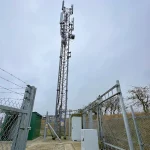Sponsored Links
New BTOpenreach CEO Reiterates 90 Percent Superfast Broadband Coverage Goal
Posted: 17th Mar, 2011 By: MarkJ
 Olivia Garfield, the new CEO of BTOpenreach, which is responsible for ensuring that all rival ISPs have equality of access to BT's local UK network, has again reiterated the operators earlier ambition (here) to reach 90% of the country with superfast FTTC broadband technology.
Olivia Garfield, the new CEO of BTOpenreach, which is responsible for ensuring that all rival ISPs have equality of access to BT's local UK network, has again reiterated the operators earlier ambition (here) to reach 90% of the country with superfast FTTC broadband technology.At present BT is known to be spending £2.5bn on the rollout of its new FTTC (40Mbps) and faster FTTP (110Mbps) broadband solutions, which will cover 40% of UK homes by 2012 and 66% by 2015. However the operator has previously suggested that it could achieve 90% by 2017 through match-funding with the government's broadband budget of £830m.
The CEO of BTOpenreach, Olivia Garfield, told The Telegraph:
"We’ve rolled out a fibre network at twice the pace of anywhere else in the world ... Everything we do is at scale. ... The greatest challenge is to make an economic case."
"We’ve rolled out a fibre network at twice the pace of anywhere else in the world ... Everything we do is at scale. ... The greatest challenge is to make an economic case."
It's unclear which "fibre network" BT is referring to above, although we suspect that they aren't making an apples to apples comparison with other deployments. FTTC isn't a true fibre optic service since the remaining connection, between homes and street cabinets, runs over the old copper wire network using VDSL2 technology (hence the lower top speed). Meanwhile the commercial rollout of its true fibre optic FTTP solution hasn't officially begun yet and will only reach 2.5 Million UK premises.
Another issue is that of costing. BT is spending £2.5bn to reach 66%, yet that "Final Third" (33%) consists of many harder to reach and thus more costly areas. Some rough estimation suggests that they would need more than the governments entire pot of £830m to achieve 90%. BT's rollout budget would probably need to be increased.
As it stands the government's Broadband Delivery UK (BDUK) office does not appear to be allocating all of its cash to BT based projects, although details remain thin on the ground and many county and local town councils risk damage to the market by holding up promising new services in the hope of a government handout instead.
However, the biggest issue could be that of demand (example). Most of the big operators tend to target dense urban locations where competition and well performing low-cost services are already present, which makes any new service much harder to sell. Ironically it's often the hardest to reach areas that would be willing to pay extra for faster connectivity.
Search ISP News
Search ISP Listings
Search ISP Reviews
Latest UK ISP News


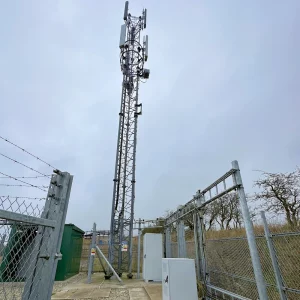
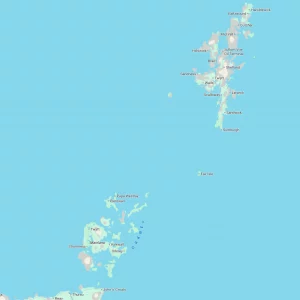

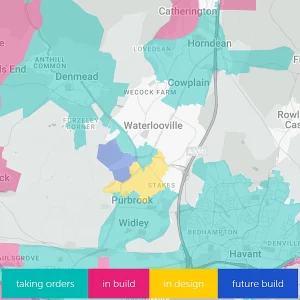

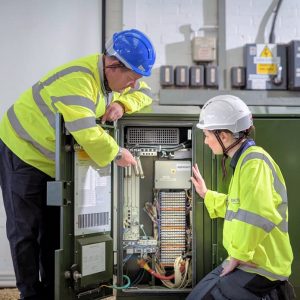
Cheap BIG ISPs for 100Mbps+
150,000+ Customers | View More ISPs
Cheapest ISPs for 100Mbps+
Modest Availability | View More ISPs
Latest UK ISP News
Helpful ISP Guides and Tips
Sponsored Links
The Top 15 Category Tags
- FTTP (6798)
- BT (3881)
- Politics (3074)
- Business (2766)
- Openreach (2663)
- Building Digital UK (2512)
- Mobile Broadband (2475)
- FTTC (2142)
- Statistics (2127)
- 4G (2092)
- Virgin Media (2024)
- Ofcom Regulation (1779)
- 5G (1732)
- Fibre Optic (1604)
- Wireless Internet (1595)
Sponsored
Copyright © 1999 to Present - ISPreview.co.uk - All Rights Reserved - Terms , Privacy and Cookie Policy , Links , Website Rules










